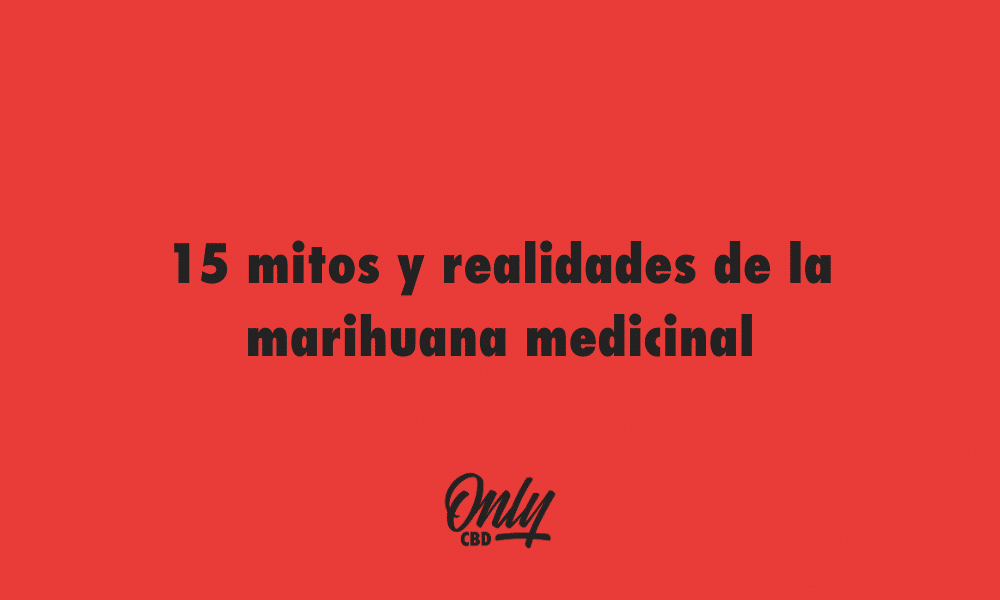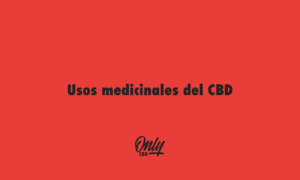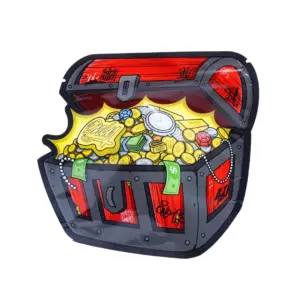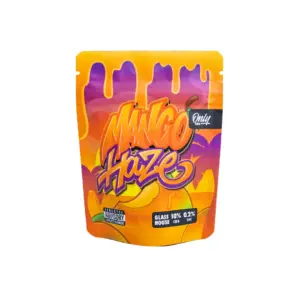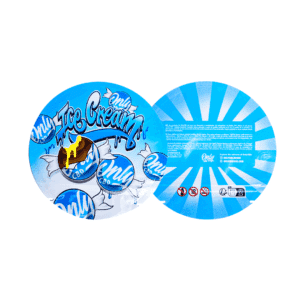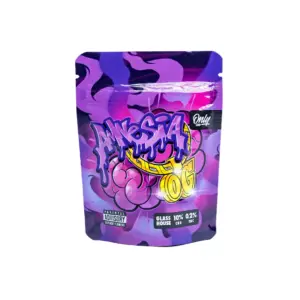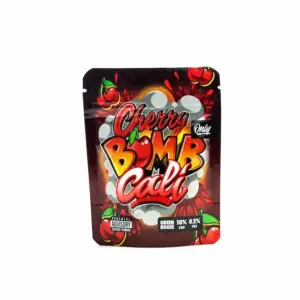How beneficial or harmful is cannabis?
- Relieves menstrual pain.
TRUE: In general, it can be said that cannabis acts as an analgesic for various types of pain: visceral, muscular, and joint pain. However, there are some people who don't experience this effect.
- The closest thing to a panacea is cannabis.
Fake: There's no such thing as a panacea. When you look at texts and research, you find that marijuana cures everything; the list is endless, and, of course, 80% of it is false. Most of it is rumors and anecdotes, not science.
- Cures migraines.
Fake: It doesn't cure migraines. In some cases, it can lessen the pain, but cannabis doesn't cure the problem.
- There is no such thing as a marijuana overdose.
TRUE: The upper frontal third of the brainstem contains the centers that control breathing and the heart. There are no cannabis receptors in that part of the brainstem, so an overdose wouldn't occur. However, there are receptors for heroin, opioids, and cocaine.
- Using cannabis can lead to dependency.
TRUE: The dependence generated by cannabis is lower than that of heroin or cocaine. Ten percent of people who smoke marijuana can develop dependence, but if they start before age 14, that number can rise to 50 percent.
- Reduces nausea or vomiting associated with chemotherapy.
TRUE: It is one of the most notable and beneficial effects of cannabis. However, some patients find the psychoactive effects of smoking unpleasant or experience upper respiratory irritation, so they prefer to ingest it orally.
- It is the gateway to the consumption of other substances.
TRUE: Although the first step is alcohol, since marijuana use is illegal, it implies the first violation of a rule, which makes it easier to continue down that path. By breaking that barrier of prohibition, I can break the barrier of consuming other substances. This is very different from alcohol, since it is legal.
- It produces low-weight babies.
TRUE: Just like tobacco, there is pretty strong evidence that smoking marijuana during pregnancy causes low birth weight in babies.
- It serves as a relaxant.
TRUE: In some people, it has a relaxing effect. However, in others, it can trigger persecutory thoughts.
- It hinders.
Truth: hThere is compelling evidence that marijuana use impairs reflexes and psychomotor coordination. The laws of many countries prohibit driving a car or any other vehicle while under the influence of cannabis.
- It helps you fall asleep.
Fake: This is only true for people who consume very frequently and cannot fall asleep if they do not consume.
- It serves as a treatment for epilepsy.
TRUE: In some cases, especially in babies with refractory epilepsy, the baby would need to receive cannabidiol in liquid form.
- It causes heart attacks and strokes.
Fake: No relationship has been found between cannabis use and these types of disorders.
- It worsens respiratory problems and asthma.
TRUE: For people with respiratory problems, smoking cannabis increases the difficulty due to the irritating effects of the smoke. Furthermore, cannabis has six times more tar than tobacco, which is why vaporizers are now available.
Stimulates creativity:
Fake: It temporarily distorts the perception of the quality of what one is doing. Creativity is a property. According to studies with artists who have painted or written poems under the influence of cannabis, their judgment is very positive while under the influence, however, the next day, that judgment changes.

